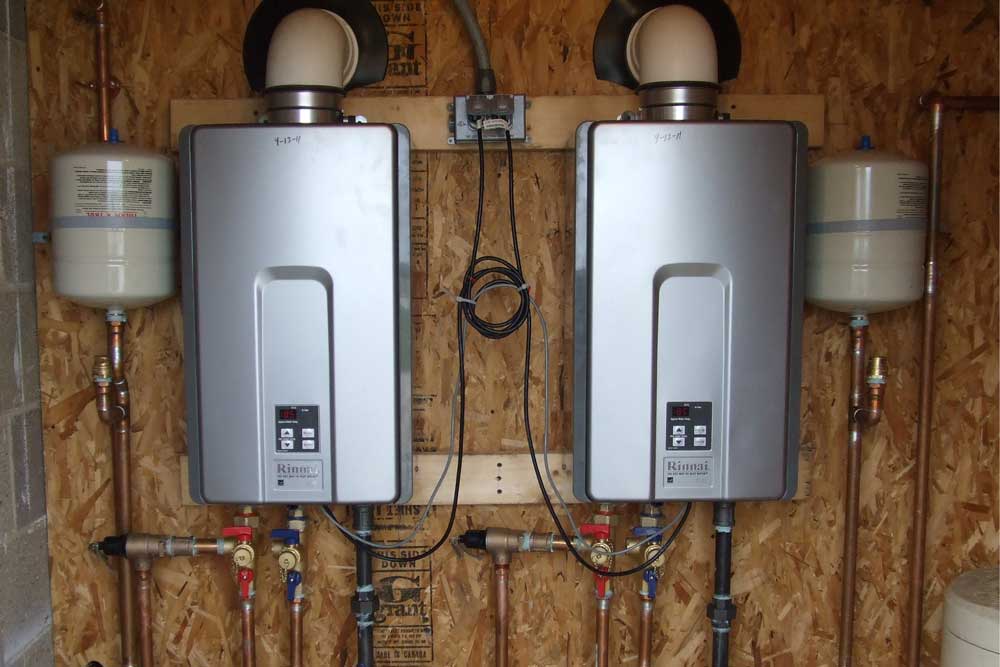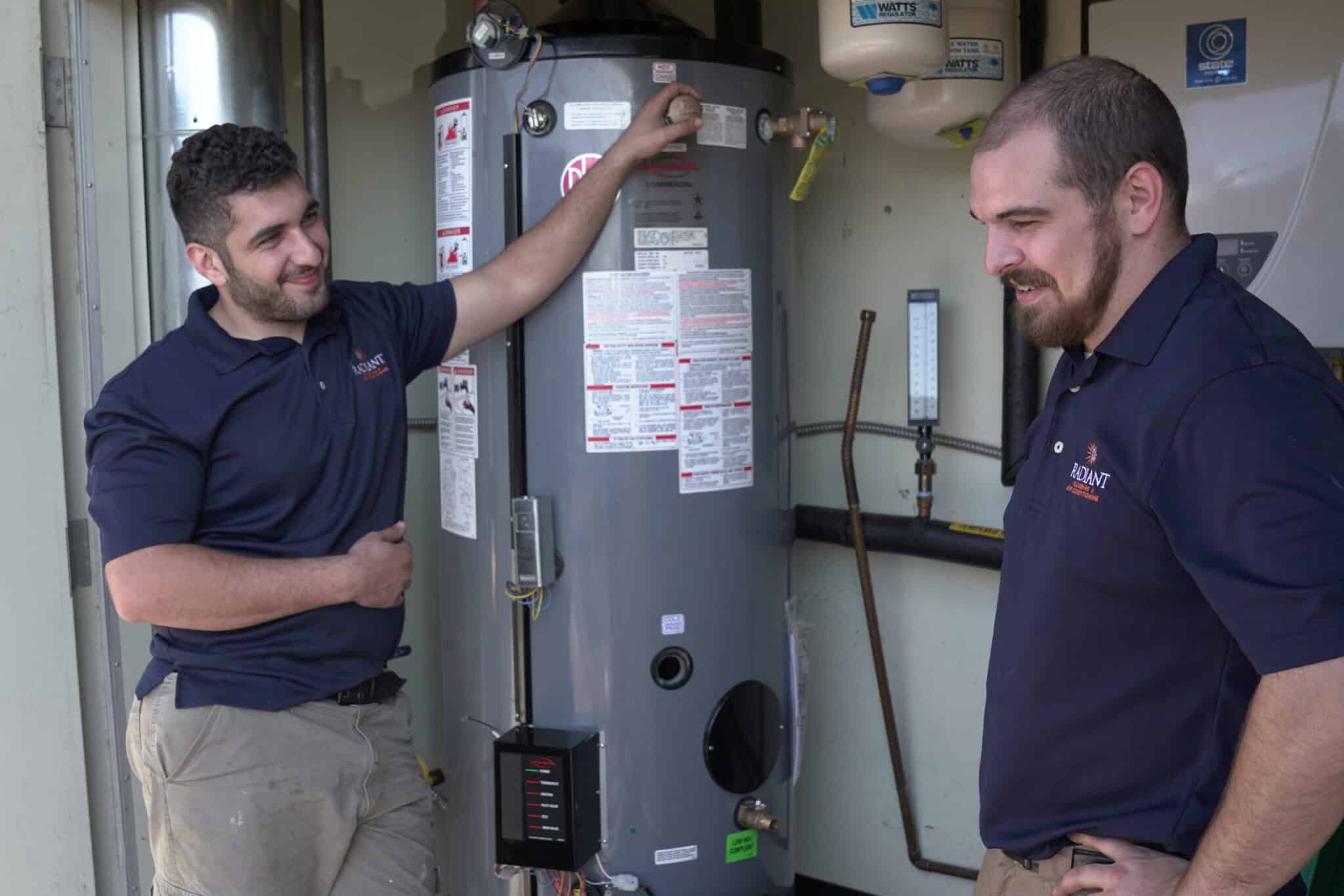How to Keep Your Home's Hot Water System in Good ConditionTop Ways to Maintain Your Home's Hot Water System Effectively
How to Keep Your Home's Hot Water System in Good ConditionTop Ways to Maintain Your Home's Hot Water System Effectively
Blog Article
This article following next in relation to How to Maintain a Hot Water Heater in a Few Simple Steps is amazingly engaging. Don't miss out on it.

Warm water is crucial for everyday comfort, whether it's for a refreshing shower or cleaning meals. To ensure your hot water system runs successfully and lasts longer, routine upkeep is vital. This short article gives sensible pointers and insights on how to keep your home's warm water system to stay clear of disruptions and costly repair work.
Intro
Keeping your home's hot water system may appear complicated, yet with a few simple steps, you can ensure it runs efficiently for years to come. This overview covers every little thing from comprehending your hot water system to DIY maintenance suggestions and understanding when to hire professional aid.
Importance of Keeping Your Hot Water System
Routine maintenance not only extends the lifespan of your hot water system but also ensures it runs effectively. Overlooking maintenance can lead to lowered performance, greater power bills, and even early failing of the system.
Indicators Your Warm Water System Requirements Maintenance
Knowing when your hot water system requires interest can avoid significant concerns. Look out for signs such as inconsistent water temperature, strange sounds from the heating unit, or rustic water.
Comprehending Your Hot Water System
Before diving into maintenance tasks, it's useful to comprehend the basic parts of your warm water system. Generally, this consists of the hot water heater itself, pipelines, anode poles, and temperature level controls.
Regular Monthly Upkeep Tasks
Normal month-to-month checks can aid capture small problems before they escalate.
Flushing the Hot Water Heater
Purging your hot water heater removes sediment buildup, improving performance and lengthening its life.
Monitoring and Replacing Anode Rods
Anode rods protect against rust inside the storage tank. Examining and replacing them when broken is critical.
Evaluating and Changing Temperature Settings
Readjusting the temperature settings makes sure optimal efficiency and security.
Do It Yourself Tips for Upkeep
You can perform a number of upkeep tasks on your own to maintain your hot water system in leading condition.
Looking for Leaks
Consistently inspect pipelines and connections for leakages, as these can result in water damages and higher costs.
Evaluating Stress Alleviation Valves
Evaluating the stress relief valve guarantees it functions properly and protects against excessive pressure accumulation.
Insulating Pipes
Shielding hot water pipelines minimizes heat loss and can conserve energy.
When to Call a Specialist
While DIY upkeep is advantageous, some concerns require expert proficiency.
Facility Problems Needing Expert Aid
Examples consist of major leakages, electrical troubles, or if your water heater is continually underperforming.
Routine Specialist Maintenance Conveniences
Professional upkeep can include complete examinations, tune-ups, and ensuring compliance with safety criteria.
Conclusion
Routine maintenance of your home's hot water system is crucial for effectiveness, long life, and cost financial savings. By following these suggestions and recognizing when to seek expert aid, you can guarantee a trusted supply of hot water without unforeseen disruptions.
How to Maintain an Instant Hot Water Heater
Before tinkering with your hot water heater, make sure that it’s not powered on. You also have to turn off the main circuit breaker and shut off the main gas line to prevent accidents. Also turn off the water valves connected to your unit to prevent water from flowing into and out of the appliance. 2. When you’re done, you have to detach the purge valves’ caps. These look like the letter “T” and are situated on either side of the water valves. Doing so will release any pressure that has accumulated inside the valves while at the same time avoid hot water from shooting out and burning your skin. 3. When the purge valves’ caps are removed, you have to connect your hosing lines to the valves. Your unit should have come with three hoses but if it didn’t, you can purchase these things from any hardware or home repair shops. You can also get them from retail stores that sell water heating systems. Read the user’s manual and follow it to complete this task properly. When the hosing lines are connected, open the purge port’s valves. 4. You should never use harsh chemical cleaners or solutions when cleaning your unit. Make use of white vinegar instead. It should be undiluted and you’ll probably use about 2 gallons. 5. Now flush your water heater. This task should probably take about 40 minutes. We can’t give you specific directions for this because the procedure is carried out depending on the type, model and brand of your heater. With that being said, refer to the user’s manual. 6. When you’re done draining the unit, you have to turn off the purge port valves again. Remove the hosing lines that you earlier installed on each of the water valves. Put the valve caps (purge port) back in their respective places and be very careful so as not to damage the rubber discs that are found inside these caps. 7. Now that everything’s back in place, check your user’s manual again to find out how to reactivate your water heating system. 8. Once it is working, turn one of your hot water faucets on just to let air pass through the heater’s water supply pipes. Leave the tap on until water flows smoothly out of it. https://www.orrplumbing.com/blog/2014/september/how-to-maintain-an-instant-hot-water-heater/

I hope you liked our section about What Kind of Maintenance Do Water Heaters Need?. Thanks a ton for finding the time to read through our piece of content. You should pause to distribute this page if you liked it. Thank you for being here. Return soon.
Check It Out Report this page